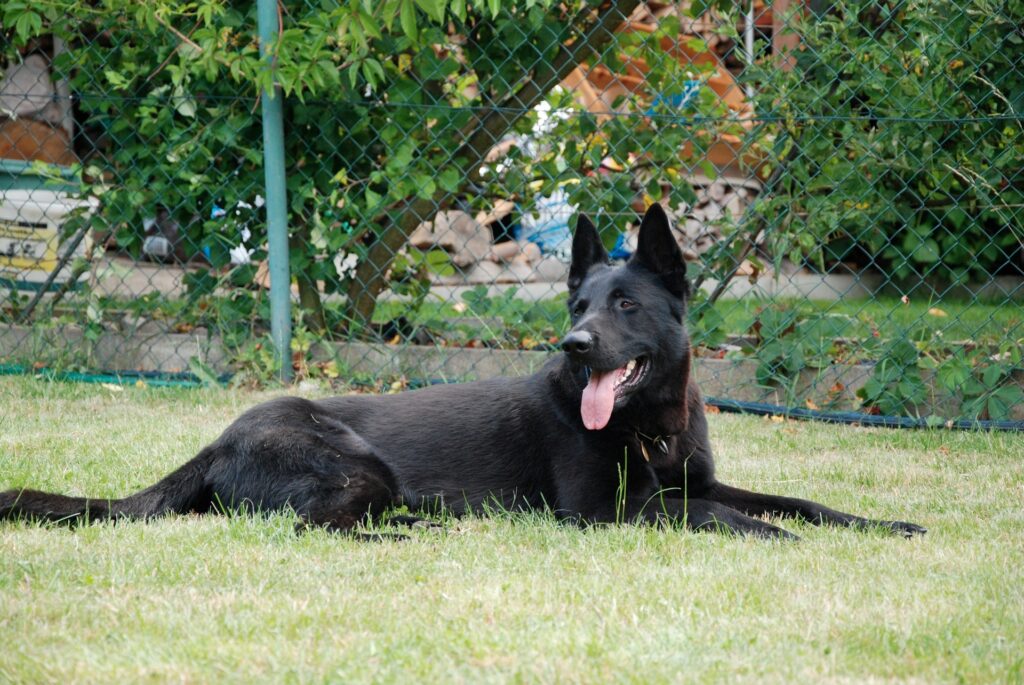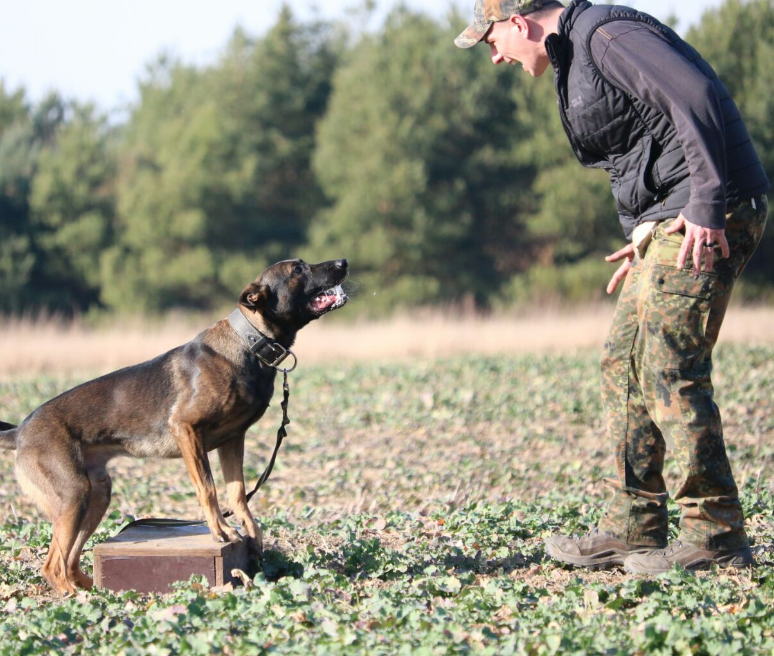
Introduction:
Furever Friends Bringing multiple dogs into one household can be a rewarding experience, but it comes with its unique set of challenges. Each dog has its personality, needs, and quirks, and creating harmony among them requires careful planning and effective training. In this blog, we’ll delve into the world of canine training, exploring strategies to foster a peaceful coexistence among your furry companions in a multi-pet home.
Understanding Individual Personalities:
Just like people, dogs have distinct personalities. Take the time to understand each of your canine companions, recognizing their preferences, play styles, and social behaviors. This insight allows you to tailor your training approach to accommodate the unique characteristics of each dog, creating an environment where they can all thrive.
Establishing a Common Routine:
Consistency is key in a multi-pet household. Establish a routine that encompasses feeding times, walks, play sessions, and rest periods. Dogs, by nature, thrive on routine, and a structured schedule can help reduce anxiety and prevent potential conflicts among your furry friends. A shared routine also promotes a sense of predictability, creating a harmonious living environment.
Positive Reinforcement for Unified Behavior:
Utilize positive reinforcement techniques to encourage desirable behavior among your dogs. Reward good behavior with treats, praise, or playtime, reinforcing a positive association with obedience. This approach not only fosters a unified understanding of house rules but also promotes a positive atmosphere within the pack.
Socialization Opportunities:
Facilitate controlled and supervised socialization sessions among your dogs. This can include structured playtime, joint walks, and positive interactions. Socializing your dogs helps build strong bonds and minimizes the likelihood of territorial disputes or aggressive behavior. Introduce new experiences gradually, allowing each dog to adapt at their own pace.
Respecting Individual Spaces:
Even the closest canine companions need their personal space. Provide each dog with their bed, crate, or designated area where they can retreat when they need a break. Respecting individual spaces fosters a sense of security and reduces the likelihood of conflicts arising from territorial disputes.
Training for Mealtime Manners:
Mealtime can be a potential source of tension in multi-pet homes. Train your dogs to wait patiently for their turn during feeding, and discourage food-related aggression through positive reinforcement. Establishing mealtime manners helps create a calm and organized feeding routine, minimizing the risk of food-related conflicts.
Seeking Professional Guidance:
If you encounter persistent behavioral challenges or conflicts among your dogs, consider seeking the assistance of a professional dog trainer or behaviorist. These experts can provide personalized advice, identify the root causes of any issues, and offer targeted solutions to promote harmony in your multi-pet home.
Conclusion:
Creating a harmonious living environment for multiple dogs requires dedication, patience, and a thoughtful approach to training. By understanding individual personalities, establishing a common routine, using positive reinforcement, facilitating socialization opportunities, respecting individual spaces, training for mealtime manners, and seeking professional guidance when needed, you can nurture a peaceful coexistence among your furry companions. With the right training, your multi-pet household can be a source of joy and companionship for both you and your dogs, creating furever friends that thrive together.


